I'm completely new to Python. Could someone show me how can I write a random number generator which samples from the Levy Distribution? I've written the function for the distribution, but I'm confused about how to proceed further! The random numbers generated by this distribution I want to use them to simulate a 2D random walk.
I'm aware that from scipy.stats I can use the Levy class, but I want to write the sampler myself.
import numpy as np
import matplotlib.pyplot as plt
# Levy distribution
"""
f(x) = 1/(2*pi*x^3)^(1/2) exp(-1/2x)
"""
def levy(x):
return 1 / np.sqrt(2*np.pi*x**3) * np.exp(-1/(2*x))
N = 50
foo = levy(N)

